Rahul Dravid's cricket career in pictures
- Published

Rahul Sharad Dravid is born in Indore on 11 January 1973 and makes his first-class debut for Karnataka against Maharashtra in the Ranji Trophy just after his 18th birthday, scoring 82. He makes his India debut in a one-day international against Sri Lanka in April 1996

Later that year, he is handed his Test debut against England at Lord's. Fellow debutant Sourav Ganguly scores 131 at number three, while Dravid, at seven, compiles a characteristically painstaking 95 from 267 balls. The pair spend more than a decade together in India's batting line-up
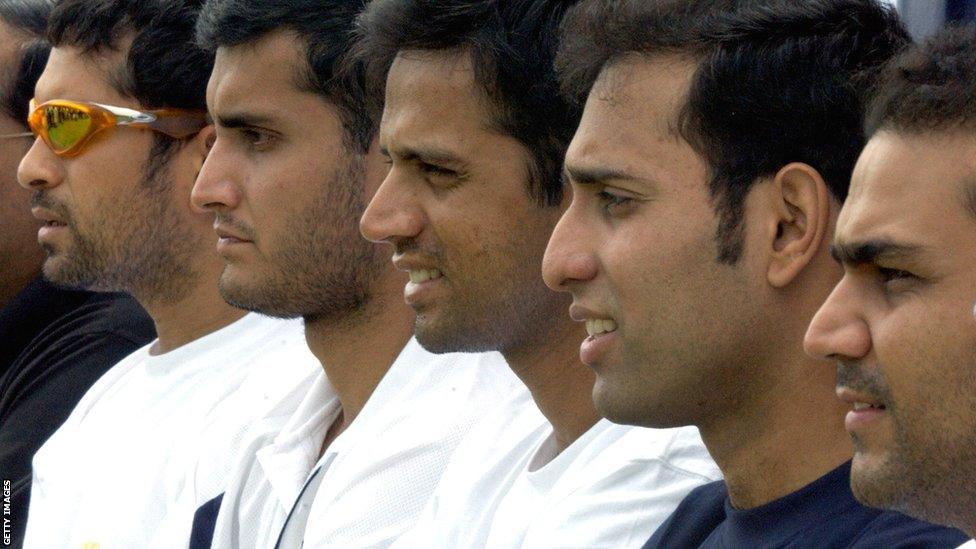
Dravid soon establishes himself in a powerful India batting line-up which includes former teenage prodigy Sachin Tendulkar, elegant left-hander Ganguly, the free-scoring VVS Laxman and aggressive opener Virender Sehwag. Tendulkar and Dravid would go on to become the two highest run-scorers in Test history
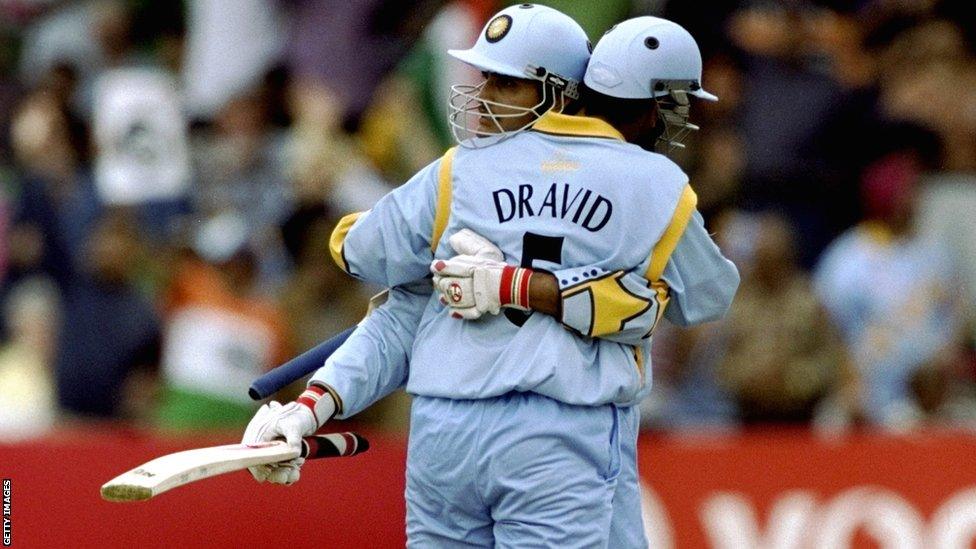
Dravid is the top run scorer at the 1999 World Cup with 461. He makes 145 against Sri Lanka, sharing a second-wicket stand of 318 with Ganguly, who smashes 183. It is the record ODI partnership for any wicket, but is beaten six months later when Tendulkar (186 not out) and Dravid (153) put on 331 against New Zealand
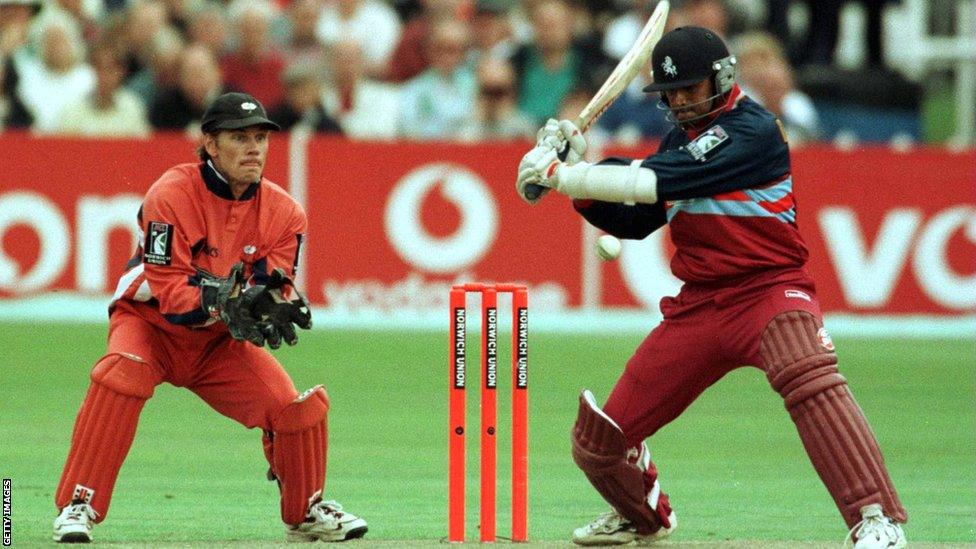
Dravid signs for English county side Kent for the 2000 season and has a successful summer, scoring 1,221 first-class runs at an average of 55, including an innings of 137 at Portsmouth in a fascinating duel with Hampshire's star Australian spinner Shane Warne
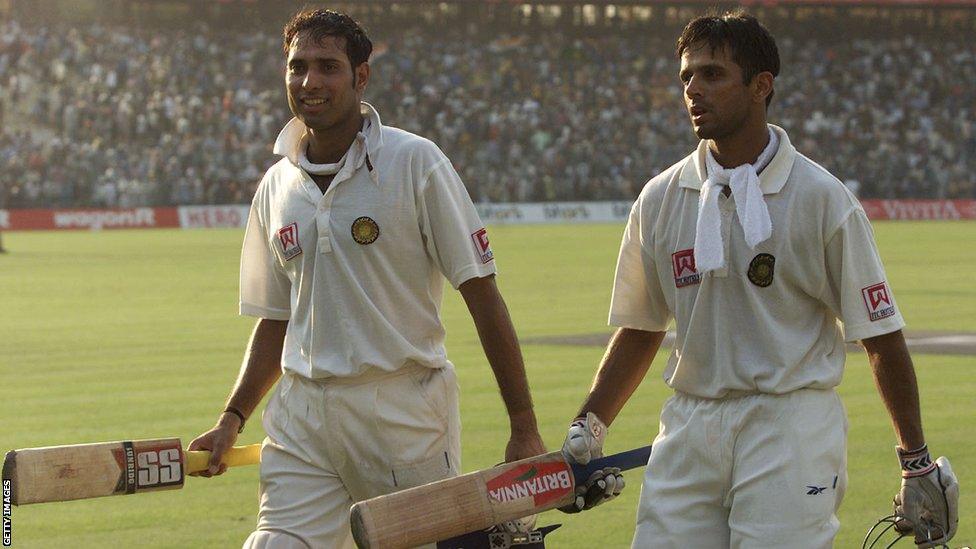
Australia's record run of 16 consecutive Test wins is ended in an astonishing game at Kolkata's Eden Gardens in March 2001. After India are forced to follow on, Dravid (180) and VVS Laxman (281) add 376 for the fifth wicket to set up a 171-run win in one of the greatest Test matches of all time
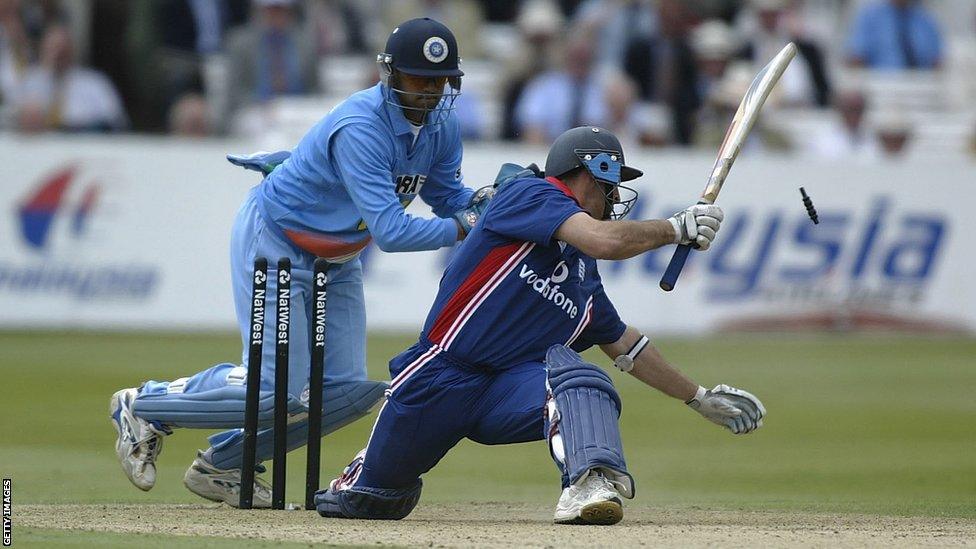
While Dravid is an automatic choice as a batsman and an excellent fielder, he would occasionally be asked to keep wicket in order to improve the balance of the limited-overs side, picking up 14 stumpings in one-day international cricket
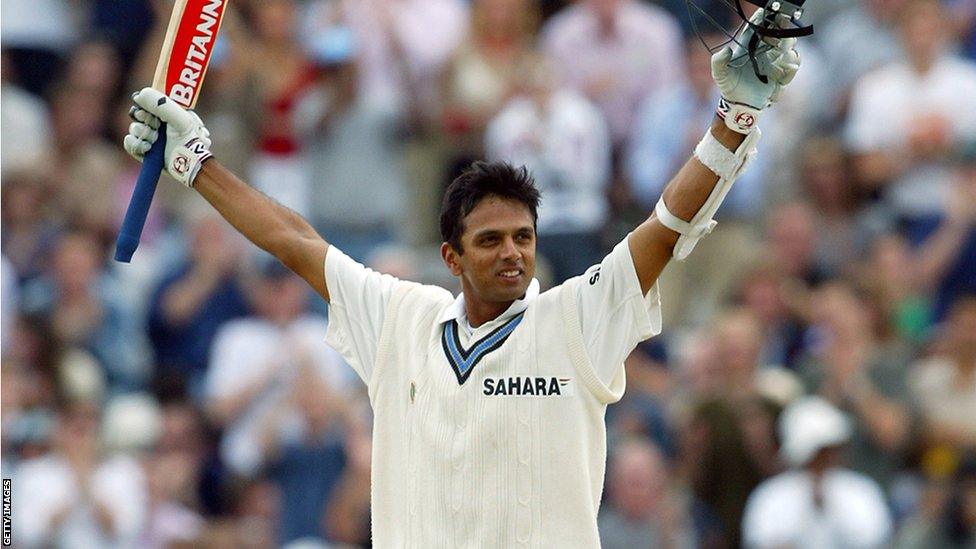
Dravid is man of the series on India's tour of England in 2002, scoring 602 runs in four Tests, including centuries at Trent Bridge and Headingley and a double ton at The Oval, but a Test century at Lord's, the home of cricket, would elude him for another nine years
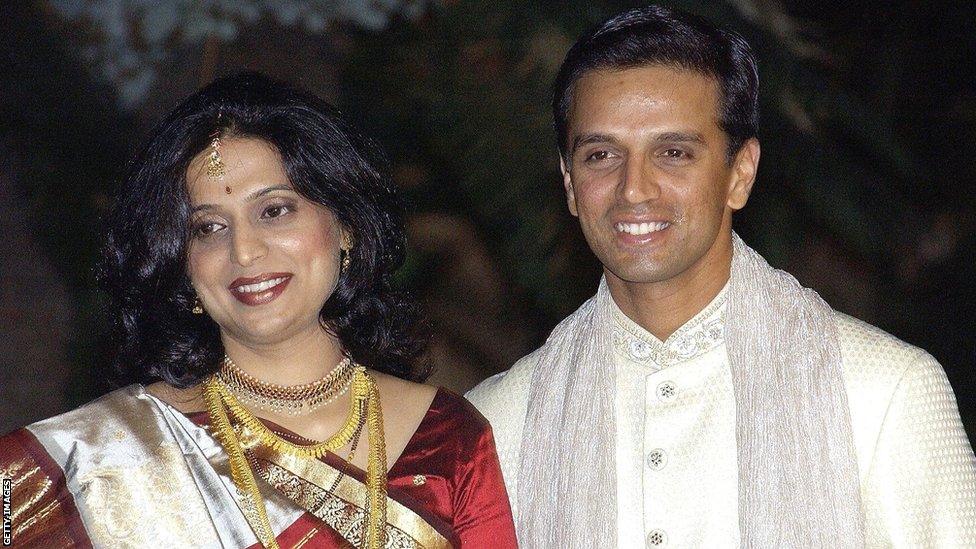
By 2003, Dravid is India's vice-captain and although he is a losing finalist in that year's World Cup in South Africa, in May he marries surgeon Dr Vijeta Pendharkar. Her mother is quoted as saying that the new Mrs Dravid "has absolutely no interest in and no knowledge of cricket"
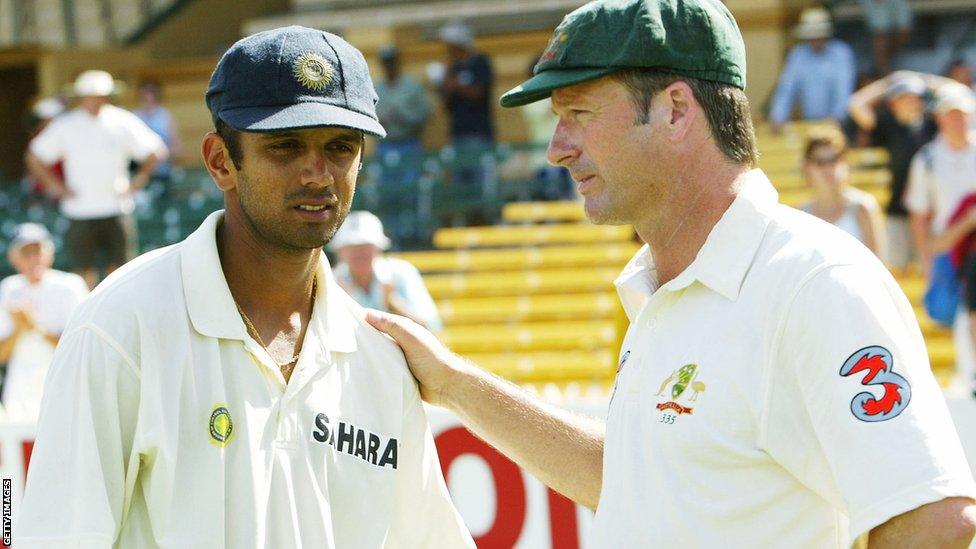
Although he is nicknamed "The Wall" for his safety-first batting style, Dravid's career hits a purple patch in the winter of 2003-04 when he hits double centuries in successive series against New Zealand, Australia and Pakistan, including a career-best 270 at Rawalpindi, and is ICC player of the year
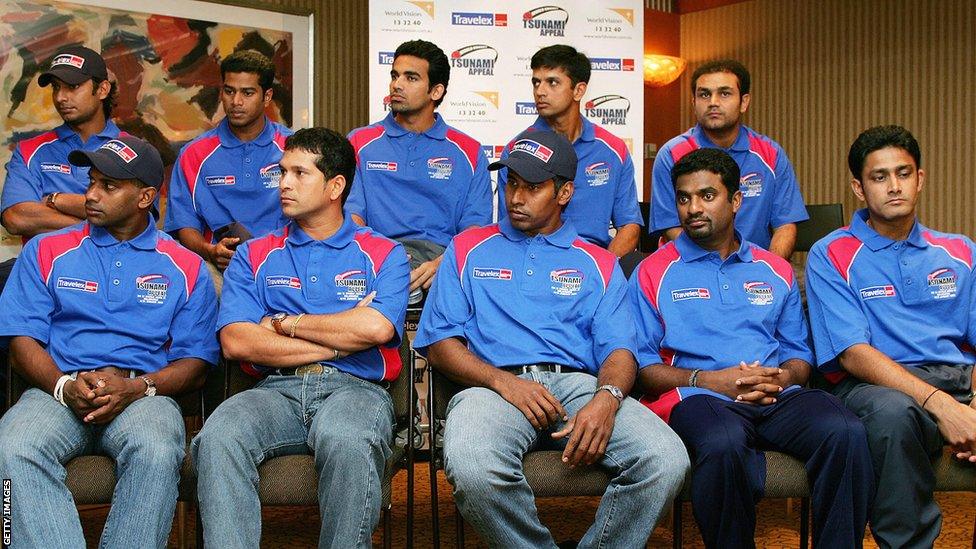
When the cricket world comes together in January 2005 to raise money for victims of the Asian tsunami, Dravid takes his place in a star-studded Asia XI which play an ICC World XI containing players from Australia, West Indies, New Zealand and England in a one-off fundraising ODI
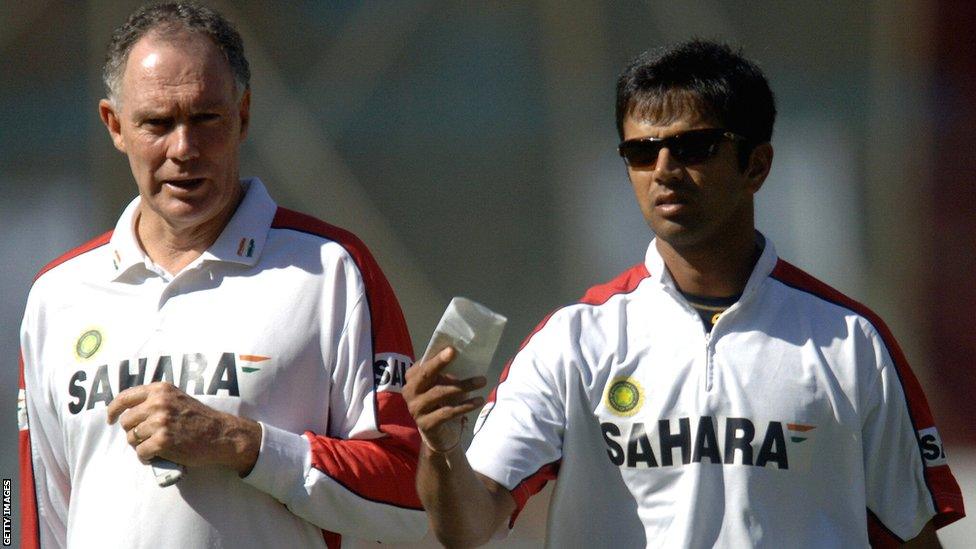
Having deputised as captain for Ganguly on occasions, Dravid is handed the captaincy on a permanent basis in late 2005 after Ganguly's very public row with coach Greg Chappell, the former Australia skipper
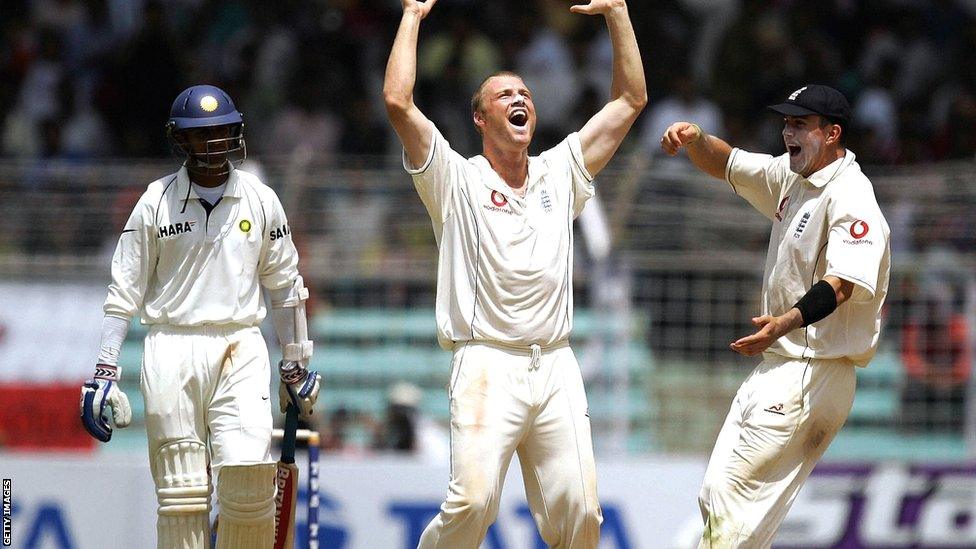
Dravid remains a prized wicket for opponents, but his captaincy is criticised after England's first Test win on Indian soil in 21 years comes in March 2006, when stand-in skipper Andrew Flintoff inspires the tourists to victory, famously assisted by the team singing Johnny Cash's "Ring of Fire" during an interval

The 2007 World Cup in the Caribbean is a major disappointment for India, as they lose to Bangladesh in their opening game and fail to make it past the group stage. They win that summer's Test series in England, but Dravid relinquishes the captaincy (after recording eight wins from 25 Tests) to concentrate on his batting
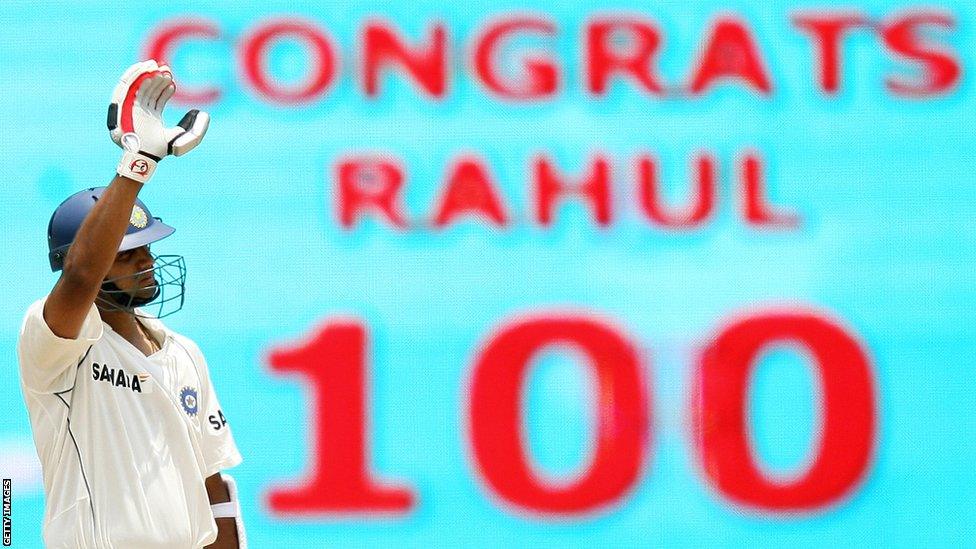
Soon after stepping down as captain, Dravid loses his place in the one-day side but remains a constant in the five-day arena, passing 10,000 Test runs in 2008 as well as signing for the Royal Challengers Bangalore franchise in the inaugural Indian Premier League

In April 2009, Dravid sets a new record for Test catches by an outfielder when New Zealand's Tim McIntosh becomes his 182nd victim in Wellington, overtaking the previous record set by Australia's Mark Waugh. By the end of his Test career, Dravid has increased his record to 210

Dravid is India's man of the series on their 2011 tour of England - which is widely expected to be his last - as he finally records his first Test century at Lord's, and adds two more rearguard hundreds as India are whitewashed 4-0 and lose top spot in the Test rankings to the all-conquering hosts
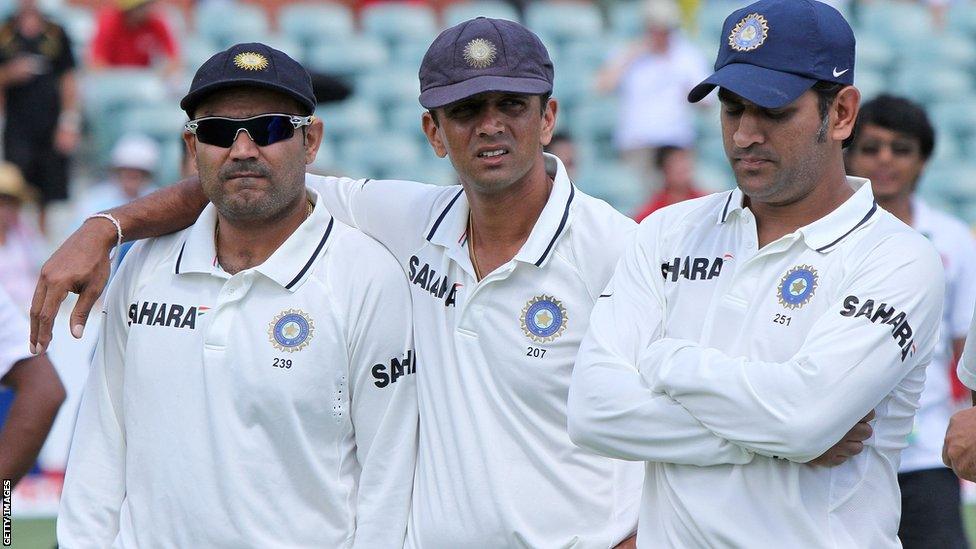
But another 4-0 whitewash, this time in Australia, leads many commentators to question the future of India's "old guard" and a disappointing series for Dravid - in which he averaged under 25 - proves to be his last hurrah on the international stage
- Published9 March 2012
- Published9 March 2012
- Published9 March 2012
- Attribution
- Published9 March 2012
- Attribution
- Published9 March 2012